30 July 2013
| Last updated on 19 January 2020Try Something New - Quilting
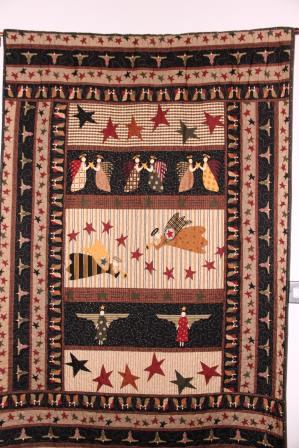
When I had first moved to the USA, I struggled to meet new friends, it was school summer holidays, and all the school-mum type things were on hold for the break. I got really fed up, and one day went for a browse in the fabric store, the shop assistant said she had just the thing… Quilt In A Day. It was a book actually, (Eleanor Burns) with step by step instructions on how to make a very easy log cabin quilt, made using strips of fabric, machine sewn together alternately. I was very taken with the history or folklore of Log Cabin quilts
During the 19th century when Americans were traveling to the western portion of the United States a new family would arrive at a settlement, and all the menfolk would build a house for this family, whilst the women would piece together a quilt. The Log Cabin design came to be a cherished part of daily life. It represents home, warmth, love and security. The centre square traditionally is red or yellow, and is a representation of the hearth of this log cabin home that was being built on the prairie. You then make up the quilt using three light colours and three dark colours, the light ones representing the lighter things in life, the births, the marriages, the happiness in that home, while the dark strips indicate the darker side of living, the hardship involved in the farming and prairie life, the deaths, illness and sorrow. Together these simple fabric strips are stitched in a precise manner to form a complete picture to those who understand what the materials represent. According to the experts the earliest example of an American Log Cabin quilt that still exists was originally created in 1869.
With all that in mind, I spend the next 10 days making my first ever quilt, (I think that if you were to be completely organized with your supplies, and had some small amount of experience, you would indeed be able to make a Quilt in A Day), I had decided in that same spirit of the early settlers, I would gift my quilt to the first person who would be getting a present from our family, turned out to be my daughter’s best friend having
her 12th birthday. My next quilt became a labour of love, my husband had been sick for a long time, and we were particularly thankful for a colleague of his, who was having a baby, each afternoon, I would get my hubby to get up out of bed, and help me with cutting my sewn strips. I like home made gifts, and there is such a special pleasure in giving someone a present. The next two or three quilts were also gifts, I would have to
say that my quilting is far less than perfect, however all have been made with love. The Amish communities in America make hand sewn quilts, so very beautiful, intricate and amazing, each quilt is deliberately made to include a mistake, the Amish say that only God is perfect. My quilts have all had mistakes in them… a square on upsides down, or whole side back to front… none of my errors have been on purpose.
Quilts can be made with any fabric really, but in order for your quilt to last a long time, and be able to be washed etc., it makes sense to make one using all the same fabrics (to eliminate any pieces stretching or wearing thin before the rest). Typically to start off its best to use cotton, we are very lucky here in the UAE that we are able to buy cotton in hundreds of colours and patterns… and cheap. Any of the fabric shops here have a multitude of cottons to choose from, I will add, that it is best to wash and iron the cotton before you cut it for your quilt, so that if there is any shrinkage it will happen before you make it into a quilt. You of course do not need to Quilt in A Day, you can just make it up as you go along, buy the fabric that takes your eye, and wing it from there. I have given some detail below about the actual process, but there is a wealth of information and video tutorials etc., online if you Google. All that you need really to get started is fabric, scissors, needle and thread, and a few safety pins, however if you get the quilting bug, you will most likely want a cutting mat and a rotary blade.
I just did a search on Expat Woman forum on the word Quilting… and there seem to be lots of EW Quilters… who knew??
Some Basic Information
Quilting can be done by hand, or by sewing machine, (expert quilters can use a specialist longarm quilting machine).

The process of quilting uses a needle and thread to join two or more layers of material to make a quilt. Typical quilting is done with 3 layers: the top fabric or quilt top, batting or insulating material and backing material. The quilter's hand or sewing machine passes the needle and thread through all layers and then brings the needle back up. The process is repeated across the entire area where quilting is wanted, these stitches can be purely functional or decorative and elaborate, done primarily to secure the layers to each other, to add design to the finished quilt, and to trap air within the quilted sections, making the quilt warm. Quilting is done to create bedspreads, art quilt wall hangings, clothing, and a variety of fabric items.. cushion covers, tote bags, soft toys.
Hand quilting … using a needle and thread to sew a running stitch by hand across the entire area to be quilted. This binds the layers together. Machine quilting is the process of using a home sewing machine or a longarm machine to sew the layers together. With the home sewing machine, the layers are tacked together before quilting. This involves laying the top, batting, and backing out on a flat surface and either pinning (using large safety pins) or tacking the layers together.
Piecing: Sewing small pieces of cloth into patterns, called blocks, that are then sewn together to make a finished quilt top. These blocks may be sewn together, edge to edge, or separated by strips of cloth called sashing.
Borders: Typically strips of fabric of various widths added to the perimeter of the pieced blocks to complete the quilt top. Note: borders may also be made up of simple or patterned blocks that are stitched together into a row, before being added to the quilt top.
Layering: Placing the quilt top over the batting and the backing.
Quilting: Stitching through all three layers of the quilt (the quilt top, the batting, and the quilt back). Quilting is usually completed by starting from the middle, and moving outward toward the edges of the quilt.
Binding: Long fabric strips cut on the bias that are attached to the borders of the quilt. Binding is typically machine sewn to the front side of the edge of the quilt, folded over twice, and hand sewn to the back side of the quilt.
By Joyce Milne for expatwoman.com




.png?itok=HBSyMDok)








































































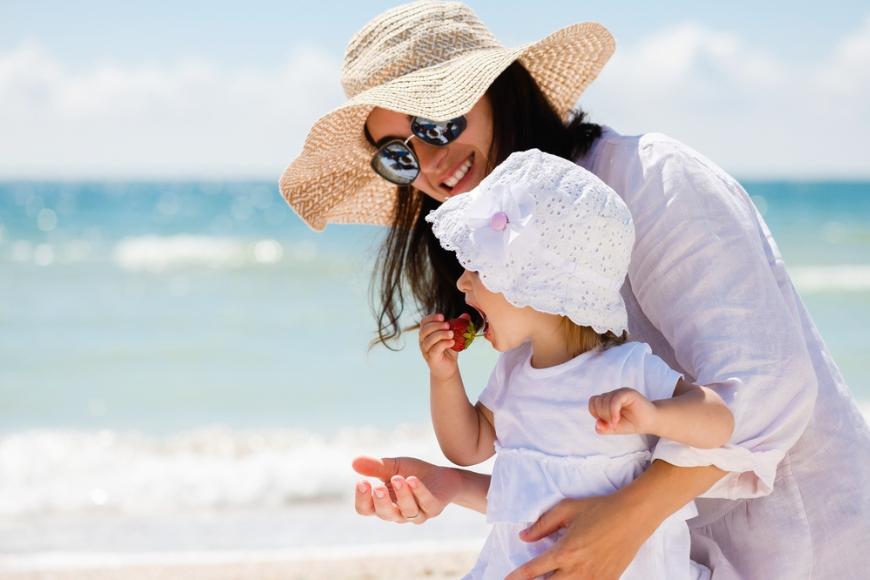
.png)
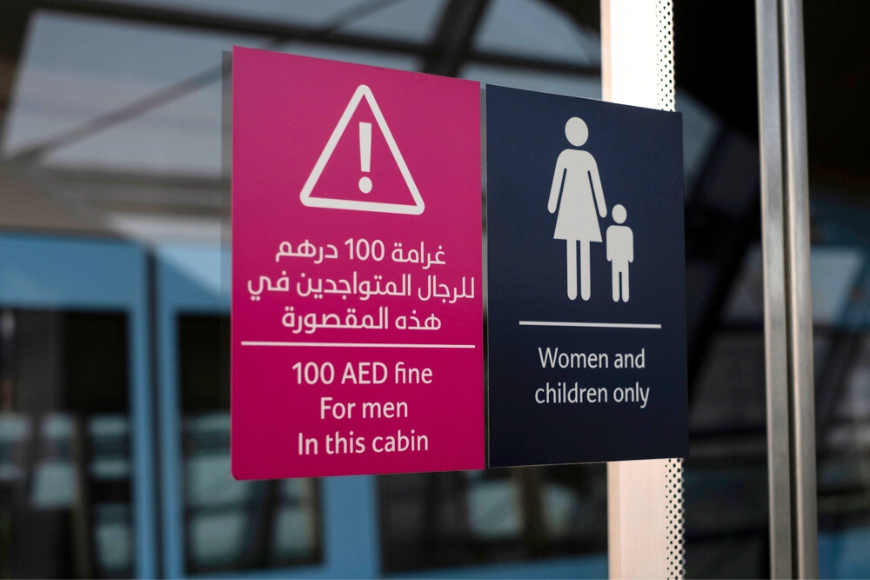

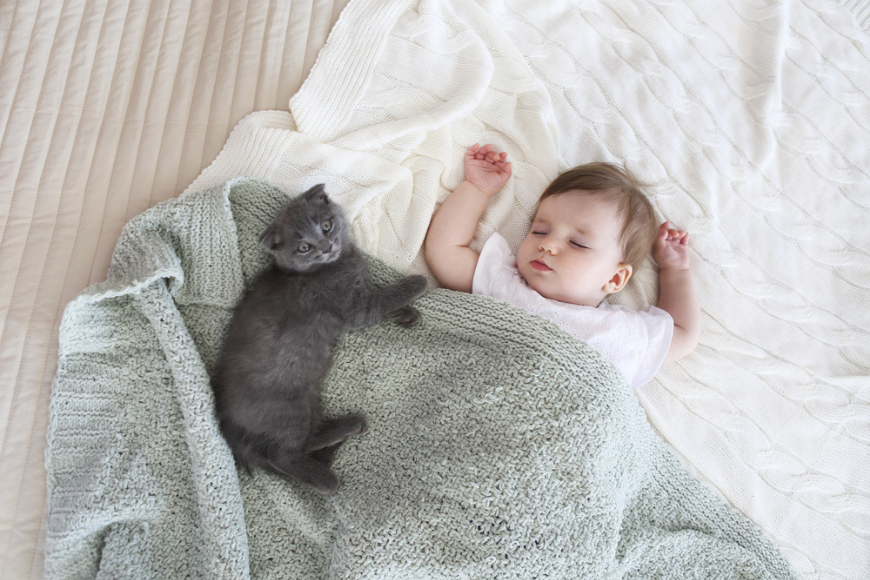

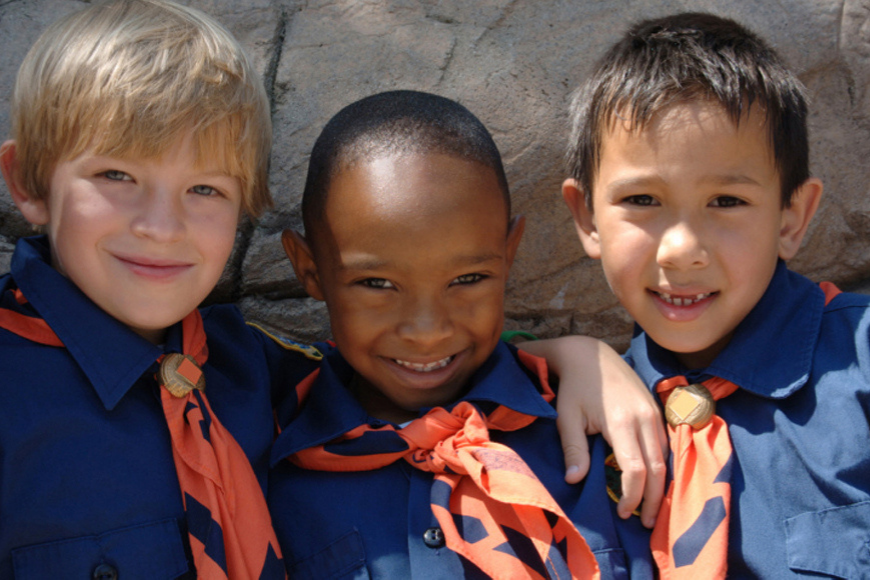
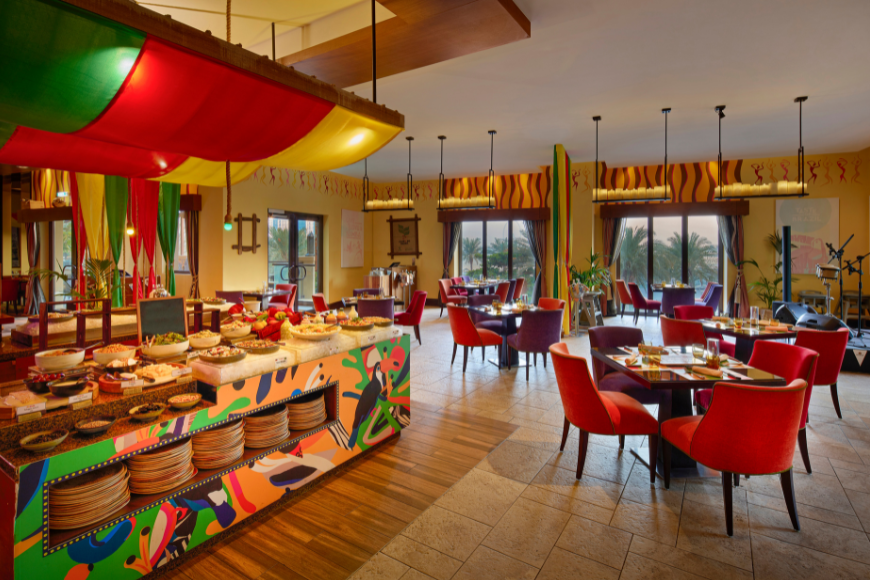







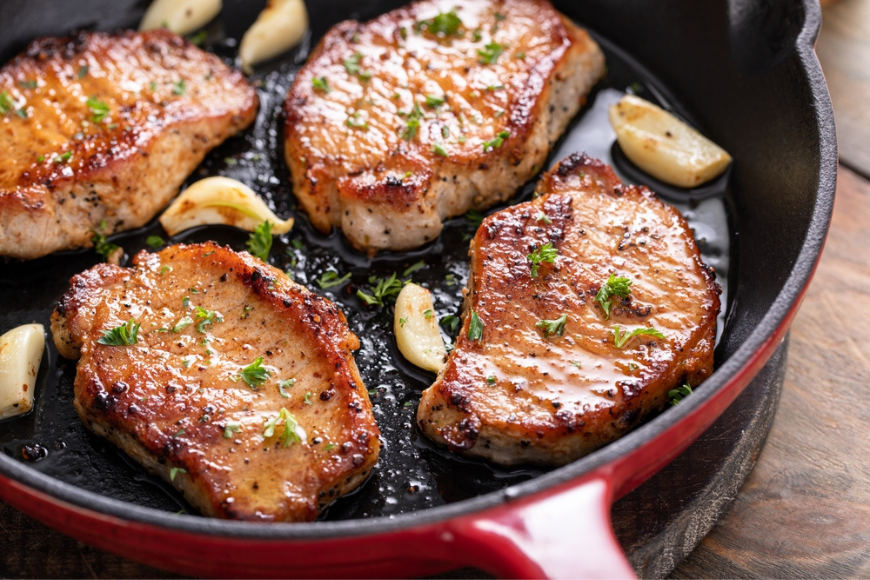












.png?itok=0fOAXkOm)

























.png?itok=EH_x0Pha)
